In
the gorgeous valleys of Nepal, one can explore the ancient temples that
tell stories of the bygone days. Seeing people practice their rituals
that have been passed from generation to generation is a common yet
fascinating sight. As you pass the beautiful Nepal temples, you can
smell the delicious food (Prasada) cooking on the wood ovens in the
kitchen or open area of the temples.
The
best preserved medieval town of Bhaktapur in Nepal and the spectacular
Kathmandu valley has temples that are worth a visit for their uniqueness
and beauty.
Temples in the surreal valleys of Kathmandu
1. Pashupatinath Temple – A UNESCO World Heritage Site
Image SourceLocated near River Bagmati in Kathmandu Valley,
Pashupati Nath
is one of the oldest and most popular temples in Nepal. Locally
translated into ‘Lord of the Animals’, this holy place is devoted to
Lord Shiva and considered as one of the most sacred Shaivite places in
Asia. Pashupati Nath features 2 storied pagoda-like building with a
sanctified Shiva linga inside. Only Hindu pilgrims are permitted to
enter the temple premises.
Opening hours: 4am – 12pm & 6pm – 7pm
2. Budanilkantha – Where Lord Vishnu resides amidst lotus in an open air pool
Image SourceThe
most interesting part of Budanilkantha, also known Narayanthan temple,
is the reclining Vishnu statue, carved from a basalt monolith. The
statue is placed on Shesha – a multi-headed snake, lying on a lotus
pool. Located the base of Shivapuri Hill, Budanilkantha temple permits
only Hindu devotees inside, while others can observe this idol from a
distance. In late October and early November, Haribodhini Ekadashi is
celebrated in Budanilkantha, pulling thousands of tourists every year.
3. Dakshinkali – To the fearless Goddess
Image SourceNear
to Pharphing Village, 14 km from Kathmandu city, Dakshin Kali stands as
one of the most popular temples in Nepal. Dedicated to Kali – the
fearless deity, this temple is famed for animal sacrifices by local
Hindu people to fulfill their wishes. Such animal sacrifices, mainly
male goats and cockerels, are seen on Tuesdays and Saturdays and during
Dusshera or Dashain festival.
4. Gokarna Mahadev Temple – One of the popular Mahadev temples in Nepal
Image SourceRaised
by Gopiran Bharo, Gokarna Mahadev Temple, located in the village by the
same name is one of the most significant Shiva temples in Nepal. The
temple is adorned with a charming idol of Shiva and Parvati sitting on a
golden throne or Torana. Devotees visit Gokarna Mahadev Temple to pay
homage to their deceased fathers on Gokarna Aunsi, which is usually
around the month of September.
5. Swayambhu Temple – Holy place for both Hindus and Buddhists
Swayambhu
Temple, located on a conical shaped hill near Thamel, offers a stunning
view of Kathmandu City. Popular as ‘Monkey Temple’, one needs to ascend
365 steps and pay INR 200 as the entry fee to reach the temple complex.
Along with golden Buddha shrine, prayer wheels, and the numerous small
temples surrounding the main temple building, made of pure gold are
worth a visit. Though Swayambhu Mandir faced major destruction during
Nepal earthquake of 2015, it still continues to be one of the must visit
temples in Nepal.
Opening Hours: 7 am – 10 am
6. Bajrayogini – The famous tantric temple in Nepal
Image SourceThe
list of famous temples in Nepal will be incomplete without Bajrayogini
or Gum Bihar. The temple is located on the banks of Sali Nadi in Sankhu
valley of Kathmandu. Surrounded by numerous small temples and caves, the
three storied main temple building has the idol of Swasthani – the
chief goddess of Bajrayogini, beautifully decorated with ornaments and
shining attire. People visit this temple during the month of Magh to
take a holy dip in the Sali River and worship Swasthani deity. Moreover,
Bajrayogini fair is also celebrated in the temple complex in
March-April, which is also a major crowd puller.
Temples in Bhaktapur in Nepal
7. Suryabinayak Temple – The temple of the curing God
Image SourceDedicated
to Lord Ganesha, Suryabinayak Temple is 1500 years old. This temple is
one of the four significant Ganesh shrines in Kathmandu, the other three
being Chandra Binayak, Jal Binayak, Ashok Binayak, and Chobar Binayak.
Suryabinayak Temple is located in Bhaktapur in Nepal and known as the ‘
temple of the rising
Sun’. Perched on a hilltop, the temple complex can be reached by climbing few steps.
8. Changu Narayan – A heritage of Lichhavi Dynasty
Image SourceOriginally
built in the 4th century and now a World Heritage Site by UNESCO,
Changu Narayan is a marvelous temple dedicated to lord Vishnu.
Surrounded by Champ trees, this temple features a two-story pagoda
structure, carvings of Tantric deities, stone carved lions guarding all
the four doors, and a huge Garuda statue. Changu Narayan is the oldest
temple in Nepal. Unfortunately, Changu Narayan has faced severe
demolitions during 2015 earthquake and is closed now for restoration
work.
Opening Hours: 4 am-12 pm & 5 pm-9 pm
Temple in Gorkha in Nepal
9. Manakamana Temple – Worship to fulfill desires of heart
Image SourceBhagwati
is the chief goddess of Manakamana or ‘wish fulfilling temple’. The
goddess is worshiped here as an incarnation of Parvati. The temple is
perched on a ridge in Gorkha region of Nepal overlooking the river
valleys of Trisuli and Marsyangdi. The temple can be reached by a
thrilling 8-minute long cable car ride from Abhukhaireni or can be
trekked up the hill. Every year on Kartik Panchami and Baisakh Panchami,
two grand fairs are celebrated in Manakamana temple, alluring thousands
of pilgrims.
Nepal temples in Muktinath Valley
10. Muktinath Temple – A popular temple in the Annapurna circuit
Image SourceListed
as one of the 51 Shakti Peethams, Muktinath temple is believed to be
the place where Sati’s forehead was fallen. Snuggled at an altitude of
3710 meters, Muktinath Temple is one of the most ancient temples in
Nepal dedicated to Lord Vishnu. The main temple is surrounded by 108
bull faces and comprises of a pure gold idol of Vishnu. The water
flowing through these bull faces is used for sacred bath. Muktinath
Temple is also known as Muktinath-Chumig-Gyatsa amongst Buddhist
followers.
Whether you’re the religious type or someone who has an
interest in the beautiful architecture of Nepal, you’ll love your trip
to the ancient temples in Nepal. Book a
tour package to Nepal and let the captivating history of Nepal fascinate you.


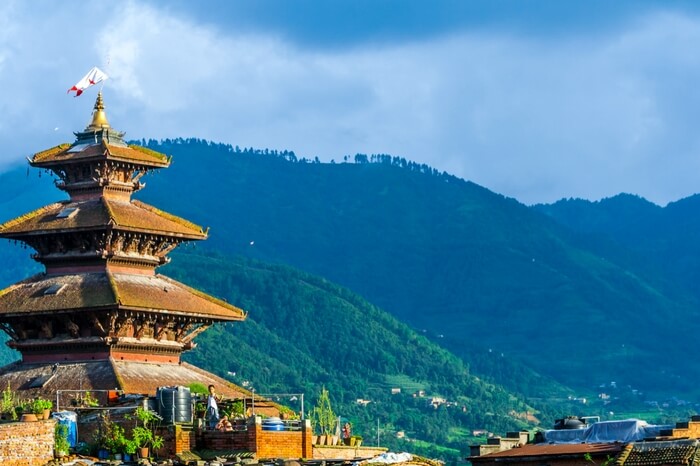
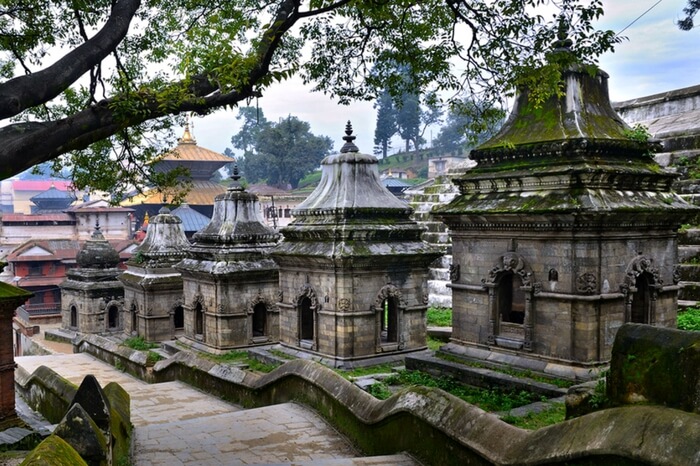

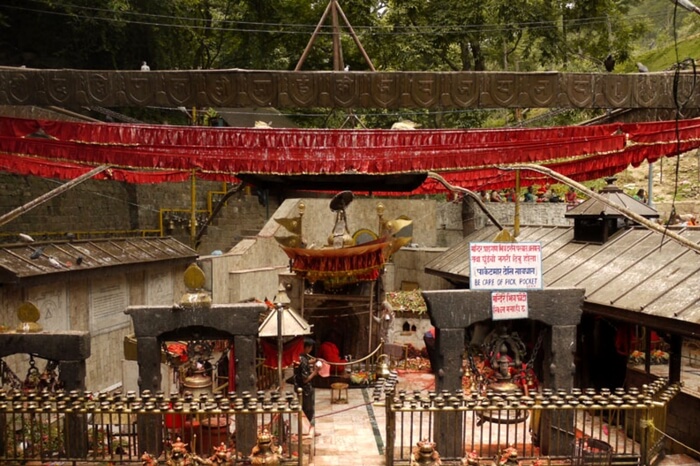
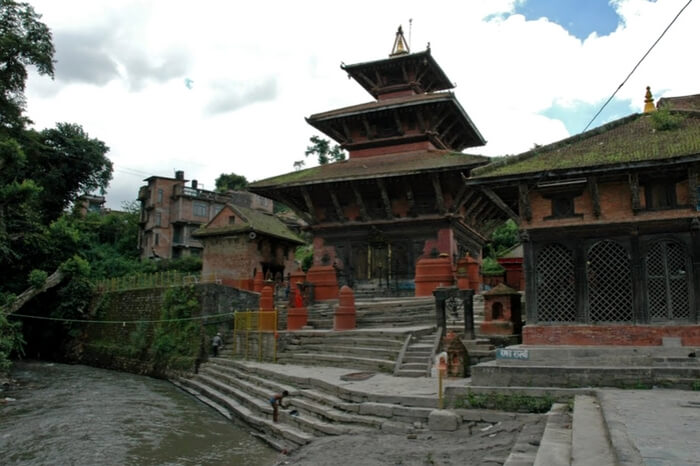
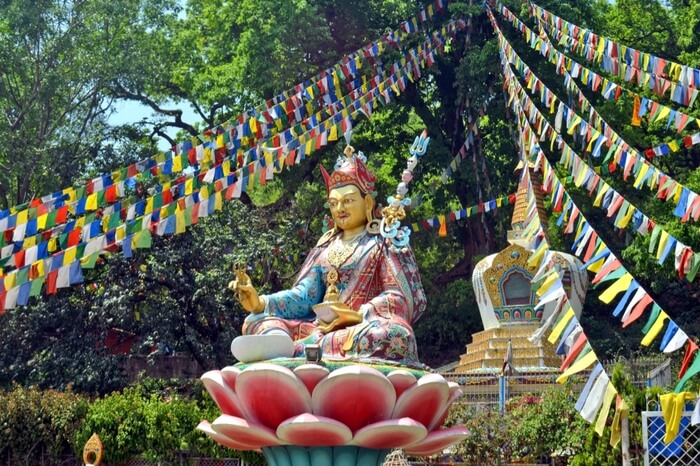



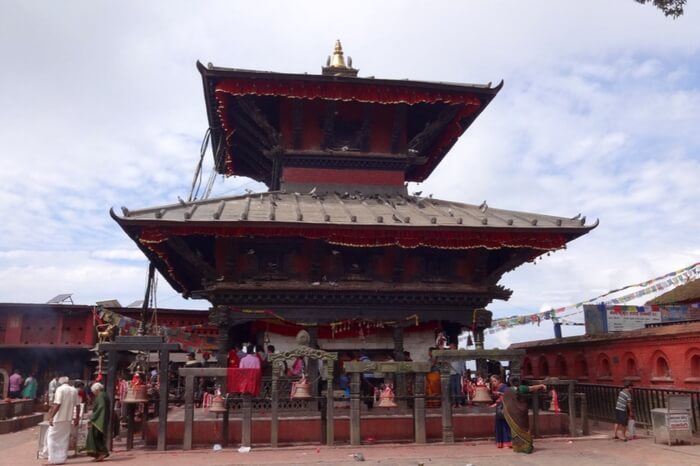

No comments:
Post a Comment